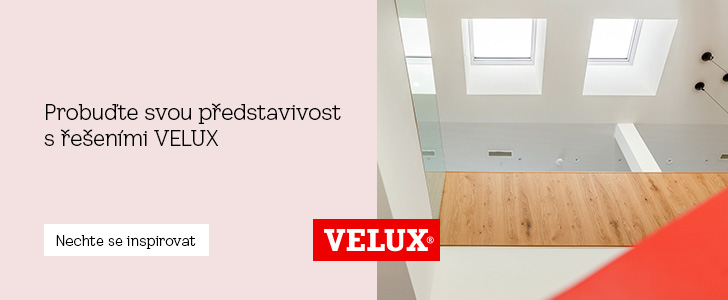
The teaching of the studio in the first year at Polish architecture schools
At the turn of May and June 2016, a study trip for pedagogues from the Faculty of Architecture and Arts at the Technical University of Liberec took place to selected Polish schools of architecture. The goal of the trip was to familiarize with the methods of teaching architectural design in the first year of study at selected schools.
The first year and the subject of architectural design were deliberately selected by the educators because this subject imposes very specific demands on students from the outset of their studies. In the first semester, students must learn and apply skills that are structured over time in other fields of study.
Polish architectural schools were chosen not only because of the close cultural and linguistic environment, but also due to their number and diversity. A country with more than forty million inhabitants offers the study of architecture at thirteen public universities, complemented by additional private schools. In preparation for the study trip, six public schools were selected, differing in age, number of students, and their categorization within the structure of the respective university.
The teaching of architectural design in the first year varies slightly among all visited schools, but there are common methods and principles shared by all. First-year students are separated as an independent group from their peers in higher years. This method of teaching continues in subsequent studies, where students of the same year proceed together in architectural design classes and work on typologically similar assignments under the guidance of different educators. For studio teaching, all schools have precisely defined schedules, and students can consult their projects only once a week for 3-4 hours. Throughout the semester, first-year students develop multiple independent designs, which are supplemented by so-called "Klausuren," minor tasks assigned and worked on during consultation times. Students largely do not have the opportunity to stay and work consistently at the school, but only attend individual exercises, including the studio.
The first school visited was the Faculty of Architecture at Wrocław University of Technology, located in a historic school building built in 1904. The architecture has operated as an independent faculty within the university since 1949.
Approximately 999 students are admitted to the first year. Students are divided into groups of 30, which are led by two educators. In the first year, students do not design conventional buildings with precise typological functions, but rather tackle smaller tasks with a looser connection to architecture. Each semester, two tasks are assigned, which may ultimately represent multiple independent designs.
First-year students are also assigned abstract topics. An inspirational task of this type is the design of an object based on verbs expressing a specific activity, state, or change of state. Students must reflect on the essence of the assigned word and propose an object that best represents the given activity. More easily graspable themes like "I live," "I lie" are supplemented by activities that are architecturally more difficult to express, such as "I walk," "I celebrate," etc.
All works are presented on uniform square drawings measuring 70 x 70 cm. The drawings feature simple line graphics created by students manually or with computer assistance.
The Faculty of Architecture in Poznań is part of the local polytechnic. The history of the school dates back to 1945, but its activity was interrupted for several years in the post-war period. The modern history of the school as an independent faculty has only existed since 1999.
Approximately 170 students are admitted to the first year, and about twenty fewer advance to the second year. The subject of architectural design is taught in a group of 15 students with one consultant.
The number and themes of assigned tasks are fully dependent on the instructors of each group. The introduction of the first semester is usually dedicated to ergonomics, and subsequently, students design simple architectural forms for specific locations. In the second semester, the theme is already a design for housing. Teaching is supplemented with smaller tasks, which students create in the form of paper models directly during consultation times.
Closely tied to architecture at the Poznań school is the subject of sculpture, where students primarily work with ceramic clay up to the firing phase. A popular theme in this subject is the design and creation of a prototype of a sculptural ceramic tile with a follow-up motif. The result is basic elements of sculptural reliefs that could be used in architecture with minimal modifications. Within this subject, students also develop abstract models of selected buildings from other materials.
In Poznań, it is also possible to study architecture at the University of Arts in the Faculty of Architecture and Design, which is part of it. It is the largest art school in Poland, offering many other visual arts disciplines for study. About twenty students study architecture in one year, reflecting a more individualized approach.
Themes assigned in the first year are more artistic, corresponding to the overall focus of the school. A typical first task is the creation of structures using natural materials. In a cubic volume defined by steel wire, students create imaginative spatial compositions from any natural materials. After the initial artistic tasks, specific architectural topics are assigned.
The school is located in the center of Poznań, and the old building is supplemented by a new extension that houses well-equipped workshops and a graphics center.
Architecture in Łódź does not have a separate faculty but is incorporated as a separate field under the Faculty of Civil Architecture and Environmental Engineering.
Around 75 students are admitted to the first year of the architecture program. In the subject of architectural design, they are divided into groups of approximately 15 students with one instructor, who changes during the semester with the assignment of a new task. In the first semester, small compositional tasks are assigned, and in the second semester, students focus on designing a building with a specific purpose. Assignments change each year, and all works are displayed in the school corridor at the end of each semester. Submitting a design in the second semester is often treated as an internal competition with specific formats, deadlines, and a jury of educators. All proposals are processed manually, and the use of computers is not allowed in the first year.
As a supplementary task, in previous years, students were assigned the documentation (measuring and photographic documentation) of a selected entrance portal of a historical house on Piotrkowska Street. This street, which extends over 4 km, is the main public space in the city.
An interesting aspect of the school in Łódź is the "evening" study of architecture. It is not standard weekend distance learning, but regular classes are moved to afternoon and evening hours so that students who work during the day can attend.
The Faculty of Architecture in Warsaw celebrated its centenary last year and is one of the oldest architectural schools in Poland. Despite being a school in the capital of Poland, it is not the largest. Approximately 170 students are admitted to the first year, and they are divided into groups of about 25 students.
The first semester of teaching in the first year is dedicated to compositional tasks, where alongside spatial and volumetric compositions, there are also assignments focused exclusively on materials. The second semester begins with a small architectural task, which is defined for four weeks, and in the remaining part of the semester, students design an object with a precise typological function.
At the end of the semester, student projects are exhibited in a special hall designated for this purpose. The size of the hall does not allow all works from the entire school to be exhibited at once, but works are submitted weekly, so the school does not have a unified submission deadline for studio work. The school, located in the very center of the city, has a spacious courtyard, which, with its landscaping, resembles a park and serves as a relaxation area for both students and educators.
In Lublin, architecture can be studied at the Faculty of Civil Engineering and Architecture within the local polytechnic. It is one of the youngest schools in Poland, and the first graduates left the school only a few years ago. Approximately 120 individuals are admitted to the first year, divided into groups of 15 with one supervisor.
The first semester of studies is mostly dedicated to compositional tasks and ergonomics, but in the second semester, students work on designing a family house for a four-member family on the same plot. Before starting their work, students must determine more detailed information about the family for whom the house is designed, such as the ages of family members, their professions, hobbies, etc.
A significant portion of the students at this school are Ukrainian students, largely due to the proximity to the Polish-Ukrainian border.
The School of Architecture in Opole is part of the Faculty of Civil Engineering and Architecture. It is a school established a few years ago, and currently, only the first level of study is available. Students most often continue their second master's level studies at architecture schools in Wrocław or Gliwice.
In the first semester, first-year students are assigned small compositional tasks, and in the summer semester, they work on a task with the theme of family housing. Studio projects are processed manually by students, and the use of graphic programs is only permitted from the third year. "Manual" project processing is supported by drawing courses and a plein air drawing course in the summer semester.
The first year and the subject of architectural design were deliberately selected by the educators because this subject imposes very specific demands on students from the outset of their studies. In the first semester, students must learn and apply skills that are structured over time in other fields of study.
Polish architectural schools were chosen not only because of the close cultural and linguistic environment, but also due to their number and diversity. A country with more than forty million inhabitants offers the study of architecture at thirteen public universities, complemented by additional private schools. In preparation for the study trip, six public schools were selected, differing in age, number of students, and their categorization within the structure of the respective university.
The teaching of architectural design in the first year varies slightly among all visited schools, but there are common methods and principles shared by all. First-year students are separated as an independent group from their peers in higher years. This method of teaching continues in subsequent studies, where students of the same year proceed together in architectural design classes and work on typologically similar assignments under the guidance of different educators. For studio teaching, all schools have precisely defined schedules, and students can consult their projects only once a week for 3-4 hours. Throughout the semester, first-year students develop multiple independent designs, which are supplemented by so-called "Klausuren," minor tasks assigned and worked on during consultation times. Students largely do not have the opportunity to stay and work consistently at the school, but only attend individual exercises, including the studio.
The first school visited was the Faculty of Architecture at Wrocław University of Technology, located in a historic school building built in 1904. The architecture has operated as an independent faculty within the university since 1949.
Approximately 999 students are admitted to the first year. Students are divided into groups of 30, which are led by two educators. In the first year, students do not design conventional buildings with precise typological functions, but rather tackle smaller tasks with a looser connection to architecture. Each semester, two tasks are assigned, which may ultimately represent multiple independent designs.
First-year students are also assigned abstract topics. An inspirational task of this type is the design of an object based on verbs expressing a specific activity, state, or change of state. Students must reflect on the essence of the assigned word and propose an object that best represents the given activity. More easily graspable themes like "I live," "I lie" are supplemented by activities that are architecturally more difficult to express, such as "I walk," "I celebrate," etc.
All works are presented on uniform square drawings measuring 70 x 70 cm. The drawings feature simple line graphics created by students manually or with computer assistance.
The Faculty of Architecture in Poznań is part of the local polytechnic. The history of the school dates back to 1945, but its activity was interrupted for several years in the post-war period. The modern history of the school as an independent faculty has only existed since 1999.
Approximately 170 students are admitted to the first year, and about twenty fewer advance to the second year. The subject of architectural design is taught in a group of 15 students with one consultant.
The number and themes of assigned tasks are fully dependent on the instructors of each group. The introduction of the first semester is usually dedicated to ergonomics, and subsequently, students design simple architectural forms for specific locations. In the second semester, the theme is already a design for housing. Teaching is supplemented with smaller tasks, which students create in the form of paper models directly during consultation times.
Closely tied to architecture at the Poznań school is the subject of sculpture, where students primarily work with ceramic clay up to the firing phase. A popular theme in this subject is the design and creation of a prototype of a sculptural ceramic tile with a follow-up motif. The result is basic elements of sculptural reliefs that could be used in architecture with minimal modifications. Within this subject, students also develop abstract models of selected buildings from other materials.
In Poznań, it is also possible to study architecture at the University of Arts in the Faculty of Architecture and Design, which is part of it. It is the largest art school in Poland, offering many other visual arts disciplines for study. About twenty students study architecture in one year, reflecting a more individualized approach.
Themes assigned in the first year are more artistic, corresponding to the overall focus of the school. A typical first task is the creation of structures using natural materials. In a cubic volume defined by steel wire, students create imaginative spatial compositions from any natural materials. After the initial artistic tasks, specific architectural topics are assigned.
The school is located in the center of Poznań, and the old building is supplemented by a new extension that houses well-equipped workshops and a graphics center.
Architecture in Łódź does not have a separate faculty but is incorporated as a separate field under the Faculty of Civil Architecture and Environmental Engineering.
Around 75 students are admitted to the first year of the architecture program. In the subject of architectural design, they are divided into groups of approximately 15 students with one instructor, who changes during the semester with the assignment of a new task. In the first semester, small compositional tasks are assigned, and in the second semester, students focus on designing a building with a specific purpose. Assignments change each year, and all works are displayed in the school corridor at the end of each semester. Submitting a design in the second semester is often treated as an internal competition with specific formats, deadlines, and a jury of educators. All proposals are processed manually, and the use of computers is not allowed in the first year.
As a supplementary task, in previous years, students were assigned the documentation (measuring and photographic documentation) of a selected entrance portal of a historical house on Piotrkowska Street. This street, which extends over 4 km, is the main public space in the city.
An interesting aspect of the school in Łódź is the "evening" study of architecture. It is not standard weekend distance learning, but regular classes are moved to afternoon and evening hours so that students who work during the day can attend.
The Faculty of Architecture in Warsaw celebrated its centenary last year and is one of the oldest architectural schools in Poland. Despite being a school in the capital of Poland, it is not the largest. Approximately 170 students are admitted to the first year, and they are divided into groups of about 25 students.
The first semester of teaching in the first year is dedicated to compositional tasks, where alongside spatial and volumetric compositions, there are also assignments focused exclusively on materials. The second semester begins with a small architectural task, which is defined for four weeks, and in the remaining part of the semester, students design an object with a precise typological function.
At the end of the semester, student projects are exhibited in a special hall designated for this purpose. The size of the hall does not allow all works from the entire school to be exhibited at once, but works are submitted weekly, so the school does not have a unified submission deadline for studio work. The school, located in the very center of the city, has a spacious courtyard, which, with its landscaping, resembles a park and serves as a relaxation area for both students and educators.
In Lublin, architecture can be studied at the Faculty of Civil Engineering and Architecture within the local polytechnic. It is one of the youngest schools in Poland, and the first graduates left the school only a few years ago. Approximately 120 individuals are admitted to the first year, divided into groups of 15 with one supervisor.
The first semester of studies is mostly dedicated to compositional tasks and ergonomics, but in the second semester, students work on designing a family house for a four-member family on the same plot. Before starting their work, students must determine more detailed information about the family for whom the house is designed, such as the ages of family members, their professions, hobbies, etc.
A significant portion of the students at this school are Ukrainian students, largely due to the proximity to the Polish-Ukrainian border.
The School of Architecture in Opole is part of the Faculty of Civil Engineering and Architecture. It is a school established a few years ago, and currently, only the first level of study is available. Students most often continue their second master's level studies at architecture schools in Wrocław or Gliwice.
In the first semester, first-year students are assigned small compositional tasks, and in the summer semester, they work on a task with the theme of family housing. Studio projects are processed manually by students, and the use of graphic programs is only permitted from the third year. "Manual" project processing is supported by drawing courses and a plein air drawing course in the summer semester.
The trip was supported by the Institutional Plan and the Mobility Fund of the Technical University of Liberec
The English translation is powered by AI tool. Switch to Czech to view the original text source.
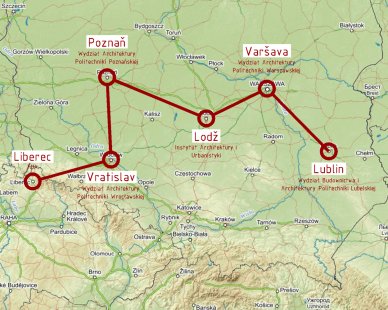
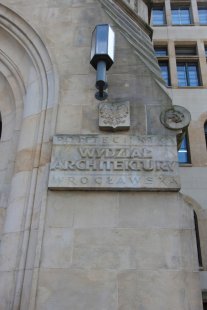
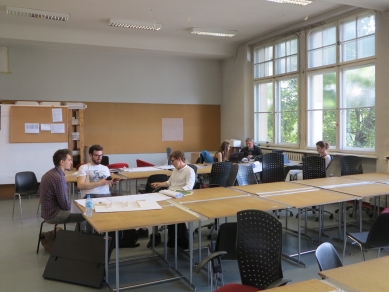

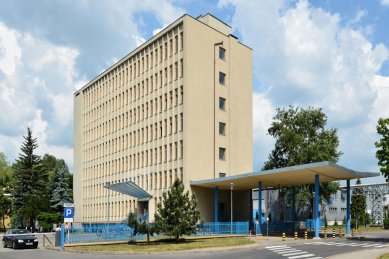
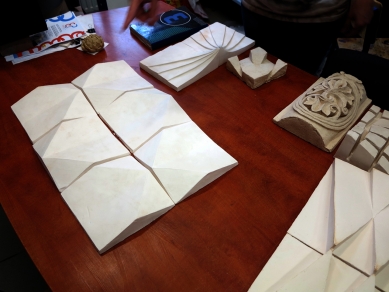
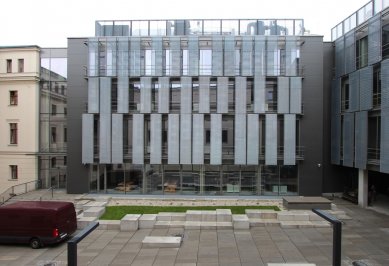
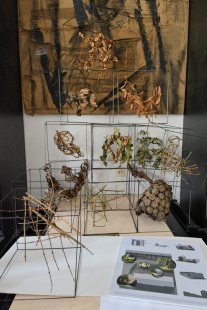
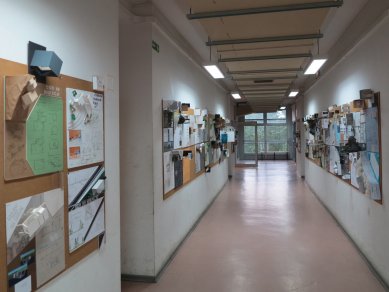
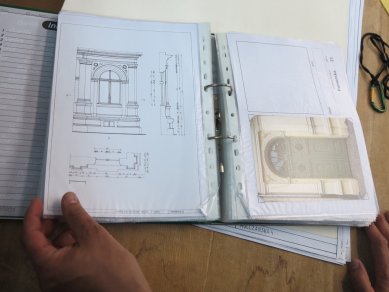
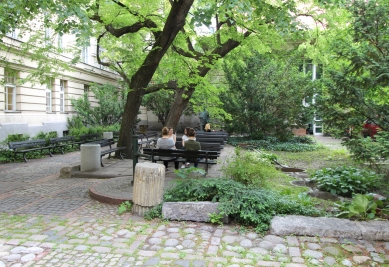
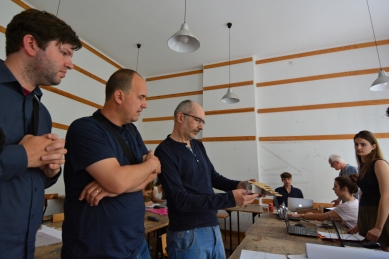
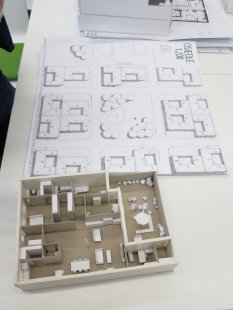
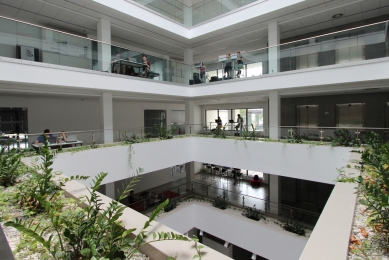
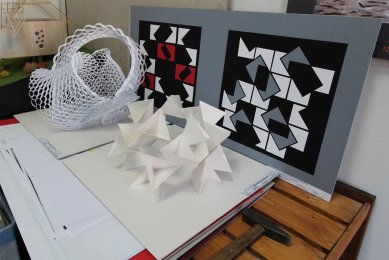
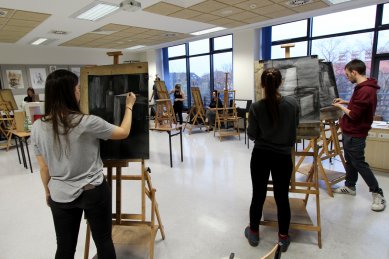
Related articles
0
01.12.2017 | Little Architects - Conclusion of the Czech-Polish Project
0
24.07.2017 | Half a year of the project Little Architects
0
16.02.2015 | Half a year of architecture in the Edutech project
0
12.02.2015 | Printed Architecture: Vladimír Balda, Petr Šmídek
3
06.09.2014 | The field of Architecture is part of the Edutech project


